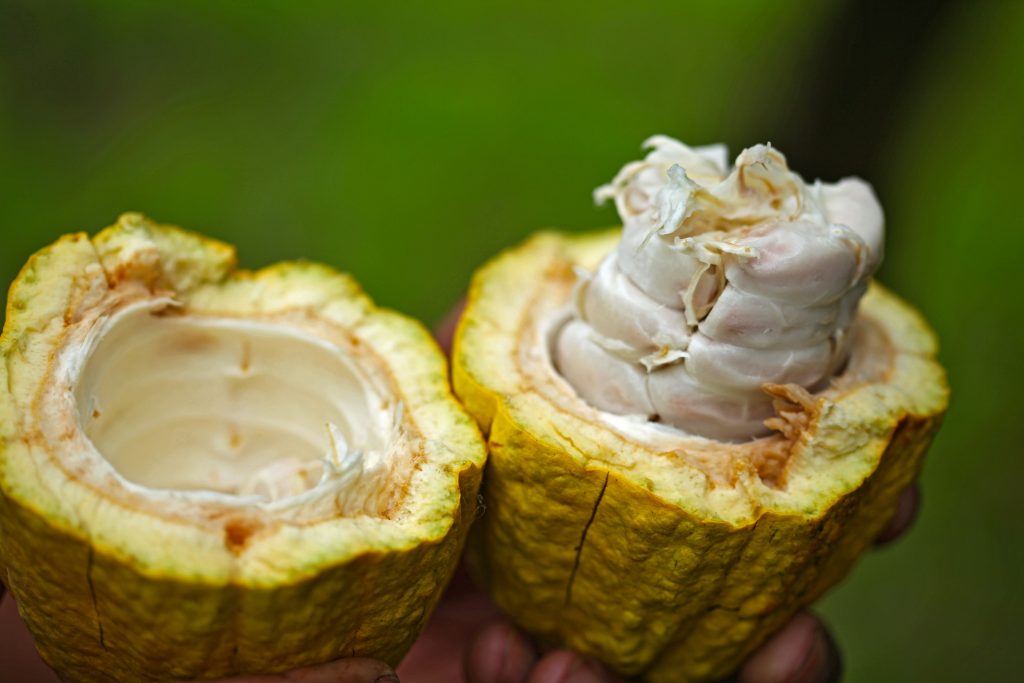A major part of the news surrounding the commodities we consume is pricing. ‘The price of X is soaring’, ‘the market for Y takes a hit’. Indeed, it appears that we have an infinite stream of market price information – and all the opinions that come with it. Which is probably why it also tends to be the first talking point when you meeting people at any given conference about any given commodity. It doesn’t really matter which one, either about sugar, coffee, cocoa or grains, many times a conversation will kick off with whatever ‘the current market’ is doing right about now. We all seem to heavily depend on a graph which we can’t actually control, but is at the same time the very center of our focus and activities.
Pricing (and price volatility) is not unlike the weather, then. The weather forecast is something you just have to take as a fact. When it rains, skip the nice day you had planned, or bring an umbrella. We tend to try to understand why it is rainy, but we usually don’t really get much further than understanding that there is a low-pressure system somewhere in our neighborhood, or maybe hanging right above us. But we have no clue why that low-pressure is there in the first place. One could say that we should have studied meteorology, but we look more to the price of commodities than to the weather forecast. Needless to say, we all are very curious about the price drivers of agricultural commodities.

The price drivers of agricultural commodities
What are the price drivers of agricultural commodities, you ask? Most would answer ‘supply and demand’, but saying that is rather similar to referring to the low-pressure system when it has already started raining. Yes, it plays a huge part in establishing prices, but it doesn’t provide a real answer. Because the real question is: what is causing supply and demand? How has the low-pressure system evolved, and how did it get here? As it turns out, lots of price drivers for agricultural prices are well-known – and equally well registered, logged and recorded. Let’s visit a few of them.
(Of course, finance is no small object – as we’ve addressed in our latest tutorial).
The first example would be, with the risk of confusing you now; the weather. The weather is after all a huge factor in producing commodities that are grown rather than mined, as is the case with all soft commodities. It can cause good crops, bad crops, high yields, low yields, variety in size, quality, quantity – and so on.
A second driver is substitution: the availability (and price!) of alternatives. The presence of substitution possibilities clearly has an impact. When the sugar price is high and a major producer of candy can find a different sweetener just as good as sugar for a lower price, it will have an effect on sugar prices (and sweetener prices). Chances are high he will take that opportunity, causing demand for sugar to drop.
Another one is the current level of inventory available. A lot of available inventory will cause increased supply capabilities and impact the price.
But wait, there’s more
It would seem we’ve already identified three main causes, but if you want do some proper fundamental analysis for an agricultural commodity there are more factors to consider. For example, health and taste, as demand is heavily influenced by this.
We are born to crave sugar – it’s actually in our DNA. But sugar offers a good example here, as the growing awareness of health-related issues impacts (and will impact) the demand.
At the same time, when a news item pops up on the health benefits of drinking coffee or eating chocolate, it affects demand as well. I have never seen a study of the impact of the sugar price after a very successful worldwide Coca-Cola commercial campaign, could be interesting though. Is there more? Absolutely!
Activity by investors, especially on derivative markets, will have high impact. Where are the days that people actually tried to ‘corner’ the market, as they did in the late 1800’s? Protectionism by governments (or releasing it, as on 1 October 2017, the European Union production quota for sugar ceased to exist) influences prices as well.
A growing world population and urbanization will cause a simple higher physical demand for processed foods. In agricultural environments the elasticity of supply definitely plays a role too. For metals it is relatively easy to increase mining activity, but planting, growing and harvesting requires time. Here, it’s not so simple to respond to an increased market need.
What you see is a variety of price drivers which has its effect on the price behavior of agricultural commodities. Market and fundamental analysis therefore is not so easy, and just when you think you have an idea about the influence of each driver, something happens which throws the analysis upside down. The amounts of ‘smaller’ black swans are increasing, also caused by social media influence.
I guess the discussions about the market price of agricultural commodities will stay with us. Which is just one more reason to manage these risks and getting a grip on them with Commodity Trade and Risk Management (CTRM) software such as Agiblocks.
Agiblocks – A unique CTRM platform for commodity traders
The key objective of Agiblocks has always been to make a trader’s daily endeavors more efficient – from drafting a contract, setting prices and handling logistics to evaluating risk and adjusting your current position. The design of our flagship CTRM software offers a clean and simple user interface, with fast access to all the vital functions for any given task, while our technological innovations and unique industry-specific functionalities guarantee all the information you need is just a single click away – anytime, anywhere. Want to know more? Download our Agiblocks product sheet here!


